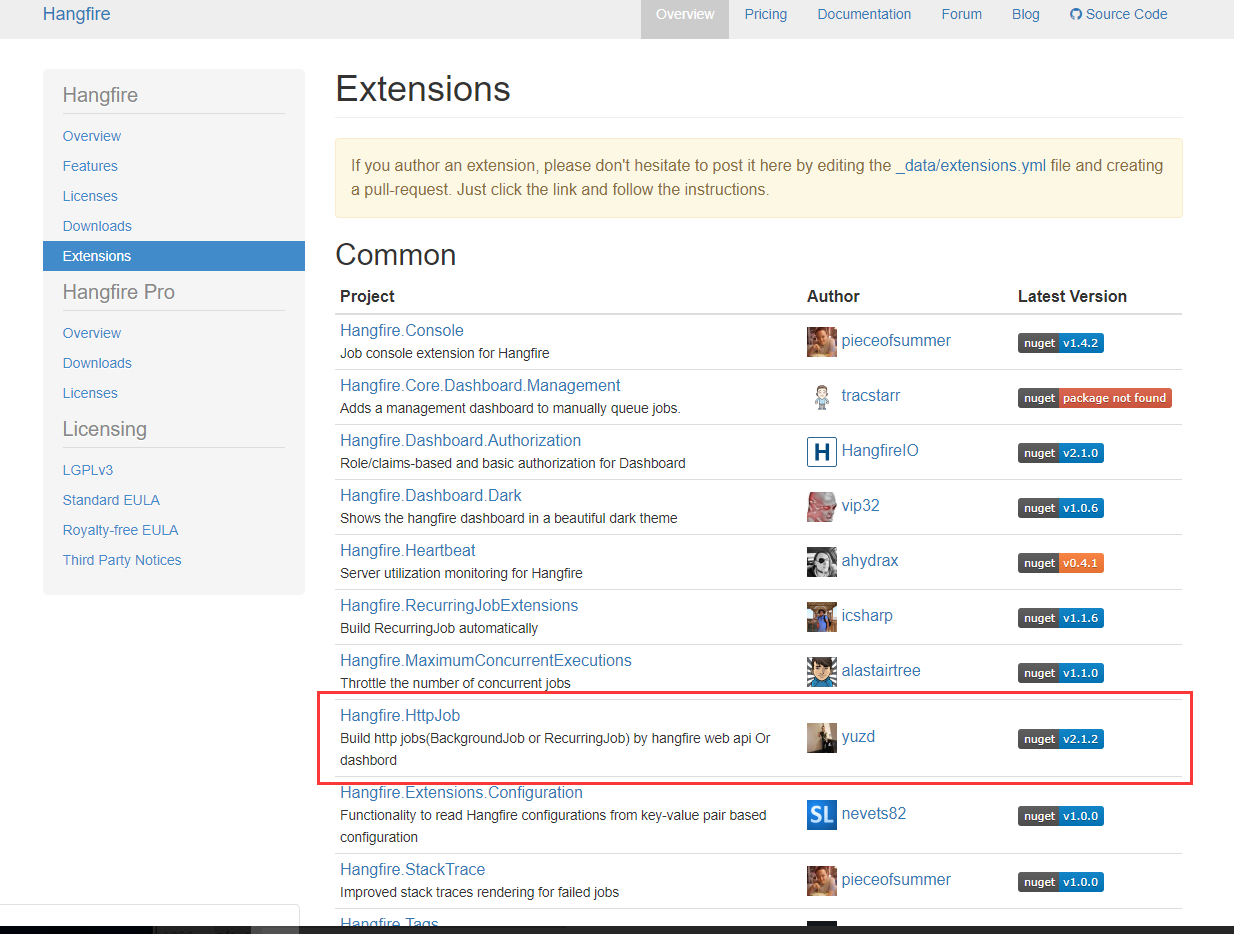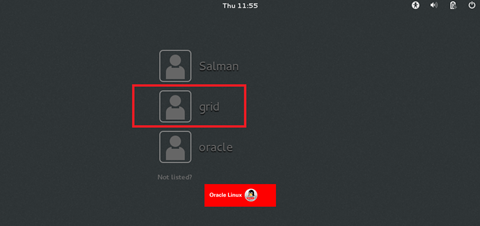ASP.NET Core support a new configuration system as seen here:
https://docs.asp.net/en/latest/fundamentals/configuration.html
Is this model also supported in .NET Core console applications?
If not what is alternate to the previous app.config and ConfigurationManager model?
You can use this code snippet. It includes Configuration and DI.
public class Program
{
public static ILoggerFactory LoggerFactory;
public static IConfigurationRoot Configuration;
public static void Main(string[] args)
{
Console.OutputEncoding = Encoding.UTF8;
string environment = Environment.GetEnvironmentVariable("ASPNETCORE_ENVIRONMENT");
if (String.IsNullOrWhiteSpace(environment))
throw new ArgumentNullException("Environment not found in ASPNETCORE_ENVIRONMENT");
Console.WriteLine("Environment: {0}", environment);
var services = new ServiceCollection();
// Set up configuration sources.
var builder = new ConfigurationBuilder()
.SetBasePath(Path.Combine(AppContext.BaseDirectory))
.AddJsonFile("appsettings.json", optional: true);
if (environment == "Development")
{
builder
.AddJsonFile(
Path.Combine(AppContext.BaseDirectory, string.Format("..{0}..{0}..{0}", Path.DirectorySeparatorChar), $"appsettings.{environment}.json"),
optional: true
);
}
else
{
builder
.AddJsonFile($"appsettings.{environment}.json", optional: false);
}
Configuration = builder.Build();
LoggerFactory = new LoggerFactory()
.AddConsole(Configuration.GetSection("Logging"))
.AddDebug();
services
.AddEntityFrameworkNpgsql()
.AddDbContext<FmDataContext>(o => o.UseNpgsql(connectionString), ServiceLifetime.Transient);
services.AddTransient<IPackageFileService, PackageFileServiceImpl>();
var serviceProvider = services.BuildServiceProvider();
var packageFileService = serviceProvider.GetRequiredService<IPackageFileService>();
............
}
}
Oh, and don't forget to add in the project.json
{
"version": "1.0.0-*",
"buildOptions": {
"emitEntryPoint": true,
"copyToOutput": {
"includeFiles": [
"appsettings.json",
"appsettings.Integration.json",
"appsettings.Production.json",
"appsettings.Staging.json"
]
}
},
"publishOptions": {
"copyToOutput": [
"appsettings.json",
"appsettings.Integration.json",
"appsettings.Production.json",
"appsettings.Staging.json"
]
},
...
}
For a .NET Core 2.0 console app, I did the following:
- Create a new file named appsettings.json at the root of the project (the file name can be anything)
- Add my specific settings to that file as json. For example:
{
"myKey1" : "my test value 1",
"myKey2" : "my test value 2",
"foo" : "bar"
}
Configure to copy the file to the output directory whenever the project is built (in VS -> Solution Explorer -> right-click file -> select 'Properties' -> Advanced -> Copy to Output Directory -> select 'Copy Always')
Install the following nuget package in my project:
- Microsoft.Extensions.Configuration.Json
Add the following to Program.cs (or wherever Main() is located):
static void Main(string[] args)
{
var builder = new ConfigurationBuilder()
.SetBasePath(Directory.GetCurrentDirectory())
.AddJsonFile("appsettings.json");
var configuration = builder.Build();
// rest of code...
}
Then read the values using either of the following ways:
string myKey1 = configuration["myKey1"];
Console.WriteLine(myKey1);
string foo = configuration.GetSection("foo").Value;
Console.WriteLine(foo);
More info: https://docs.microsoft.com/en-us/aspnet/core/fundamentals/configuration?tabs=basicconfiguration#simple-configuration
I was mistaken. You can use the new ConfigurationBuilder from a netcore console application.
See https://docs.asp.net/en/latest/fundamentals/configuration.html for an example.
However, only aspnet core has dependency injection out of the box so you don't have the ability to have strongly typed configuration settings and automatically inject them using IOptions.
If you use Microsoft.Extensions.Hosting (version 2.1.0+) to host your console app and asp.net core app, all your configurations are injected with HostBuilder's ConfigureAppConfiguration and ConfigureHostConfiguration methods. Here's the demo about how to add the appsettings.json and environment variables:
var hostBuilder = new HostBuilder()
.ConfigureHostConfiguration(config =>
{
config.AddEnvironmentVariables();
if (args != null)
{
// enviroment from command line
// e.g.: dotnet run --environment "Staging"
config.AddCommandLine(args);
}
})
.ConfigureAppConfiguration((context, builder) =>
{
var env = context.HostingEnvironment;
builder.SetBasePath(AppContext.BaseDirectory)
.AddJsonFile("appsettings.json", optional: false)
.AddJsonFile($"appsettings.{env.EnvironmentName}.json", optional: true)
// Override config by env, using like Logging:Level or Logging__Level
.AddEnvironmentVariables();
})
... // add others, logging, services
//;
In order to compile above code, you need to add these packages:
<PackageReference Include="Microsoft.Extensions.Configuration" Version="2.1.0" />
<PackageReference Include="Microsoft.Extensions.Configuration.CommandLine" Version="2.1.0" />
<PackageReference Include="Microsoft.Extensions.Configuration.EnvironmentVariables" Version="2.1.0" />
<PackageReference Include="Microsoft.Extensions.Configuration.Json" Version="2.1.0" />
<PackageReference Include="Microsoft.Extensions.Hosting" Version="2.1.0" />
var directoryInfo = Directory.GetParent(Directory.GetParent(Directory.GetCurrentDirectory()).Parent.FullName).FullName;
var builder = new ConfigurationBuilder()
.SetBasePath(directoryInfo)
.AddJsonFile("appsettings.json", true, true)
.Build();




